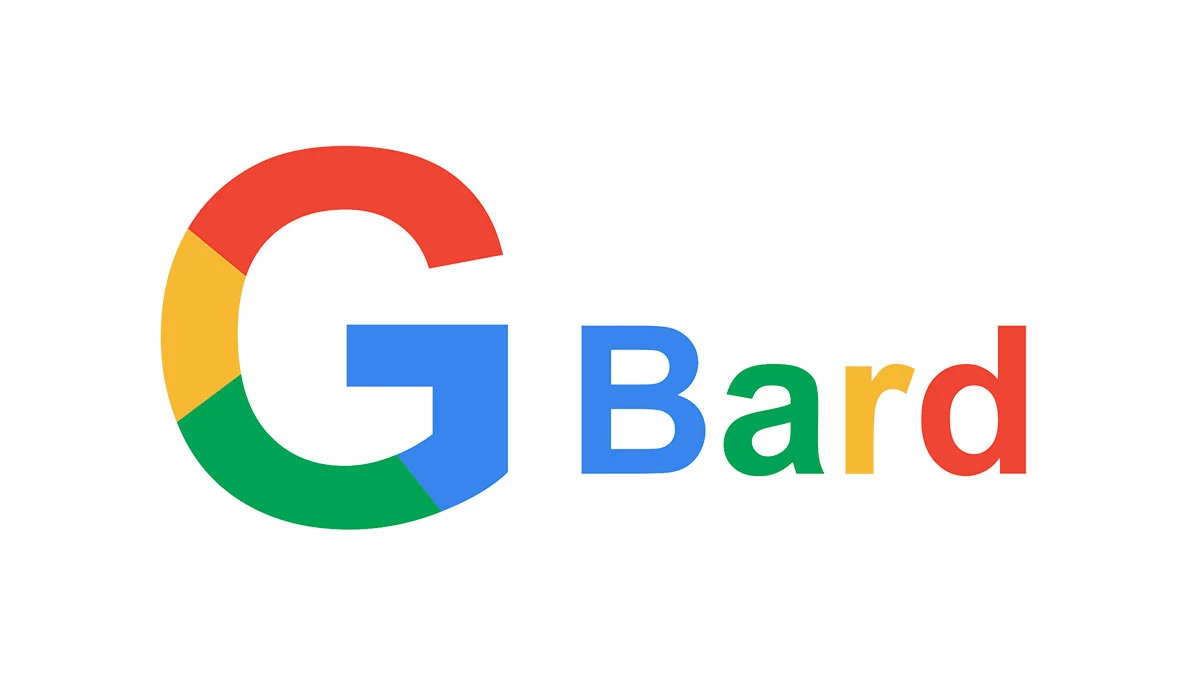Google Bard Gets Smarter Edging Closer to ChatGPT
The use of artificial intelligence is expanding. AI chatbots are used by people in a wide range of occupations to make daily chores simpler.
Google's AI, Bard, introduced as a competition to ChatGPT, recently received its most significant update and became wiser.
Users can now share conversations, listen to responses, and change the tone on Google Bard. Recently, Google Bard received its most significant update yet.
Users can now listen to AI responses, change the tone and style of Bard's responses, pin and rename conversations, insert photos into prompts, and share Bard's responses.
The upgrade increases Bard's accessibility to most of the world's population and to the languages spoken there. This means that a larger population can use Bard to satisfy their curiosity, fuel their creativity, and develop their thoughts.
Steps to follow using the new updated feature in Google Bard
Conversations can be saved and renamed for quick access. This feature is only available with Google Bard. Users may do this by firstly clicking on the three dots next to a chat and secondly choosing "Pin" or "Rename" to make this effect
Users can share all/part of their Bard chats with other people. To do this - Select the individuals or groups you wish to share with and click the share button to do this.
Users can now listen to Bard's comments in more than 40 other languages. This is useful if you want to hear a word spoken, a poem, or play read-aloud. Type a prompt and click the sound icon to hear Bard's responses.
Include photos in your prompts. Users may now add images to your prompts to make it easier for Bard to grasp. For example, if you're interested in learning more about a painting, you may upload a photo of it, and Bard will use its understanding of art history to provide more details.
Python code can now export from Bard and import into the cloud-based IDE Replit. This makes it simple to continue working on your Replit code or share it with others.
Users can now alter Bard's responses to suit their preferences in tone and style. There are five alternatives to choose from straightforward, lengthy, concise, professional, or informal. English is the current language for this function, which will soon be available in more.
